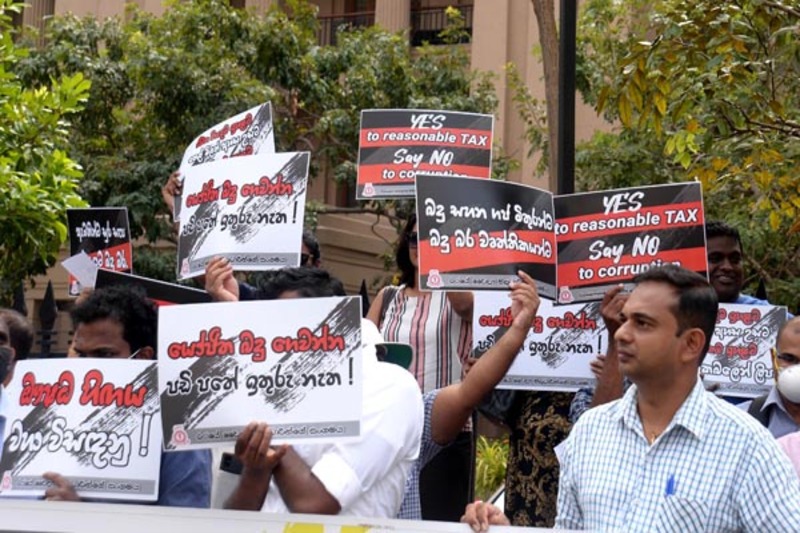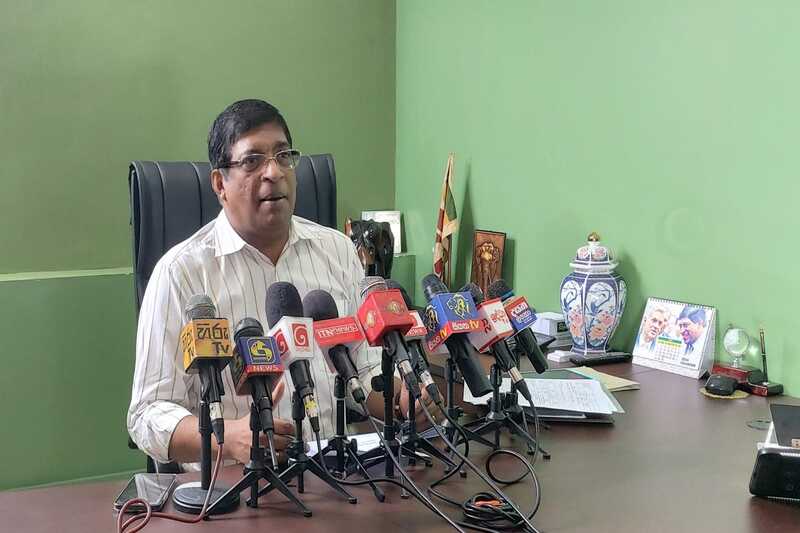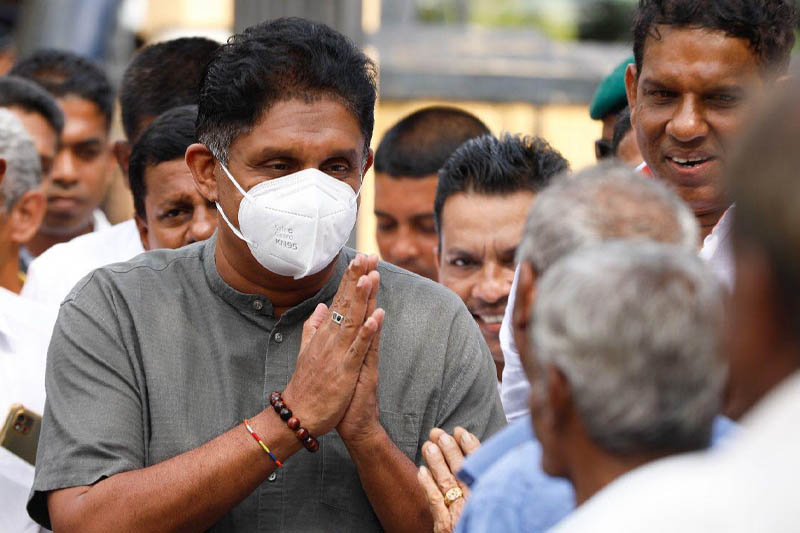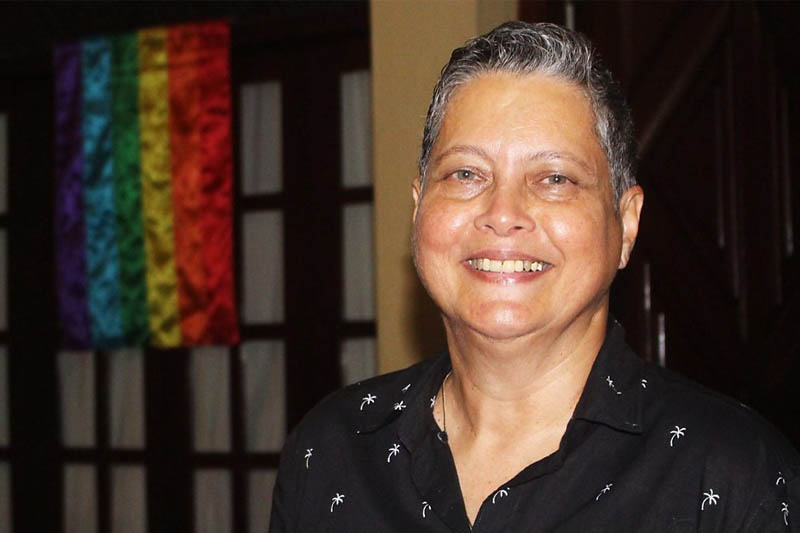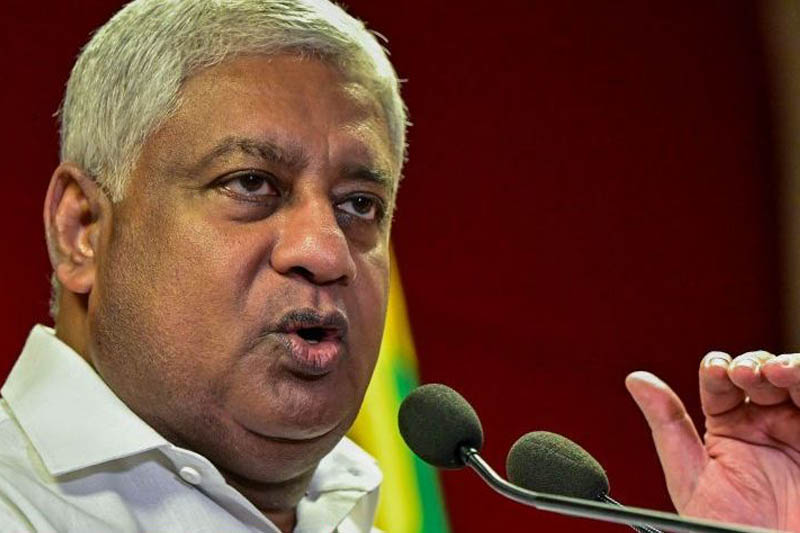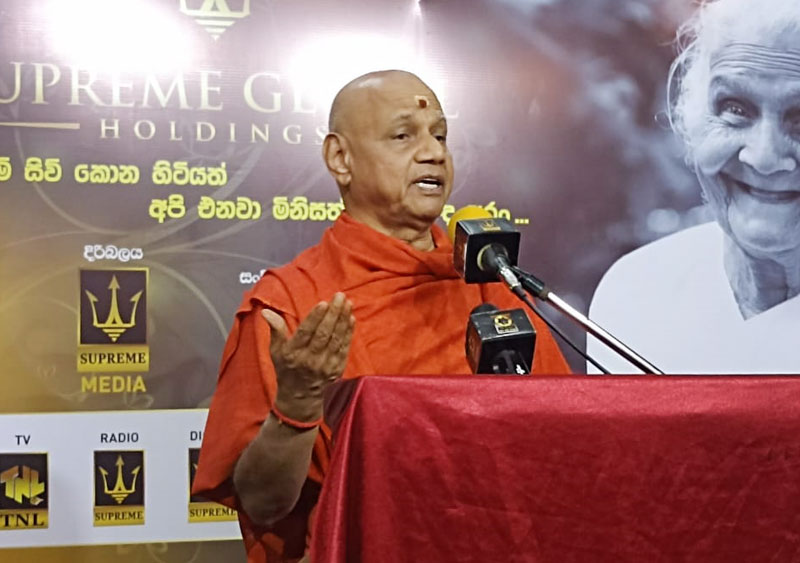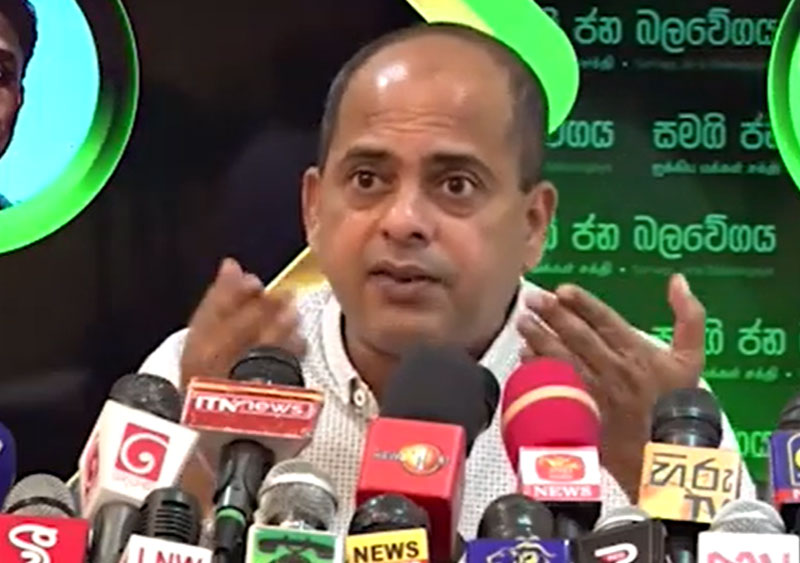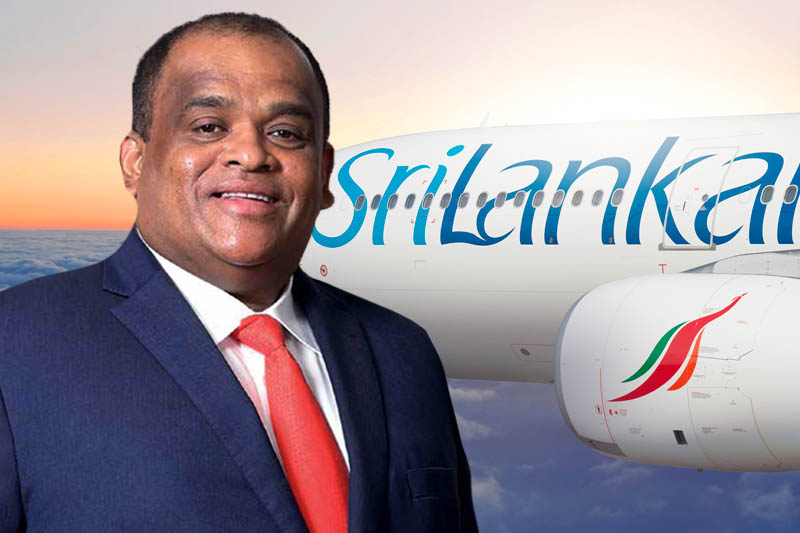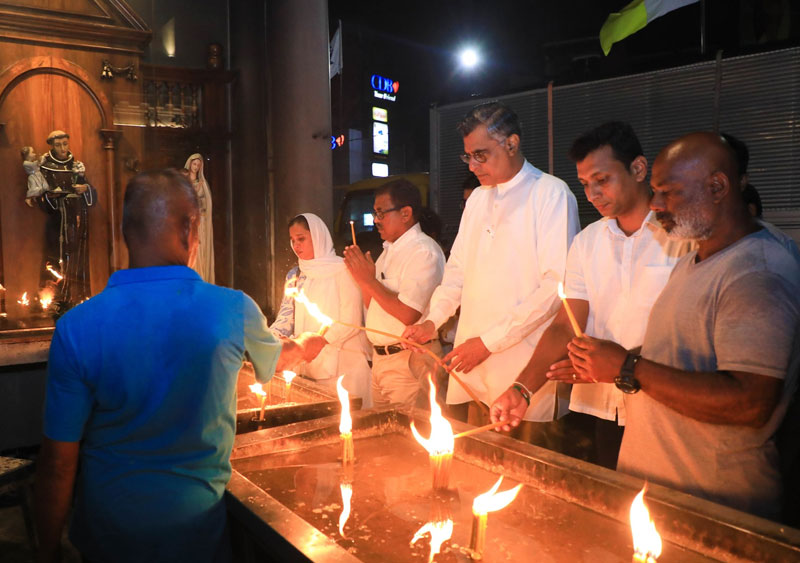Sri Lanka is to be forcibly dragged backwards this week towards economic downturn again by severe strike actions in many crucial sectors nationwide which will bring the country to a standstill, as the public buckles under the financial strain of multiple price hikes and heavy taxation.
Such unwarranted strikes have devastating effects on the economy, cause injury to members of the community and non-striking workers, and more particularly poverty as the government would retrench workers if the institutions do not provide essential public services.
As a result of these protest campaigns, the country has incurred a massive economic loss amounting to billions of rupees and has lost over 8 million man hours in two days of strikes and protest demonstrations recently.
In the wake of Sri Lankans about to see a light at the end of the dark tunnel following the first sign of an economic recovery as a result of the unlocking of USD 2.9 billion International Monetary Fund (IMF) bailout loan by March 20, the country’s progress is to be disrupted by ongoing strikes and protest campaigns.
The Professionals' Trade Union Collective and several other trade unions representing government and semi-government sectors have planned to launch trade union actions from today March 13.
More than 40 trade unions including health, education, water, electricity, nurses, teachers, government and semi-government sectors have expressed their support.
TUs said one of the main reasons for the trade union action is the failure to provide solutions to the burdens caused by the unfair tax policy while salaries have not been increased and the economic crisis continues.
Through the protests, the trade unions will also highlight several other matters including skyrocketing interest rates and issues related to salaries and increments.
They were demanding the reversal of the government revenue enhancing measures, cost of living and unavoidable price hike.
Half a million workers from across Sri Lanka’s public and private sectors joined strikes and protests recently in opposition to IMF measures being imposed by the government.
The measures include a pay as you earn (PAYE) tax on workers’ salaries, increased interest rates on bank loans, cuts in overtime payments, privatisations and tens of thousands of state-sector job cuts.
The damage caused to the public property by unruly demonstrators is still to be assessed, official sources revealed.
According to a government survey, 44,540 public servants out of 148,451 in Sri Lanka’s six provinces walked out on strike last Wednesday.
This included 36 percent in the northwest, 40 percent in north central, 49 percent in the south, 25 percent in central, 21 percent in the east, and 19 percent in Uva.
The survey also revealed widespread participation by government doctors across all provinces.
This included 914 out of 1,322 in the northwest, 434 out of 690 in north central, 1,547 out of 2,472 in the central province, 942 out of 1,339 in the south, 454 out of 1,338 in the east, and 730 out of 918 in Uva.
Those participating included workers from the petroleum, electricity, water supply, port, banking, health care, postal, railway, and school and university sectors.
The industrial action, in defiance of President Ranil Wickremesinghe’s strike-breaking Essential Public Services Act, included full and half-day strikes, sick-leave campaigns, “go slows,” lunch-time pickets and other protests.

